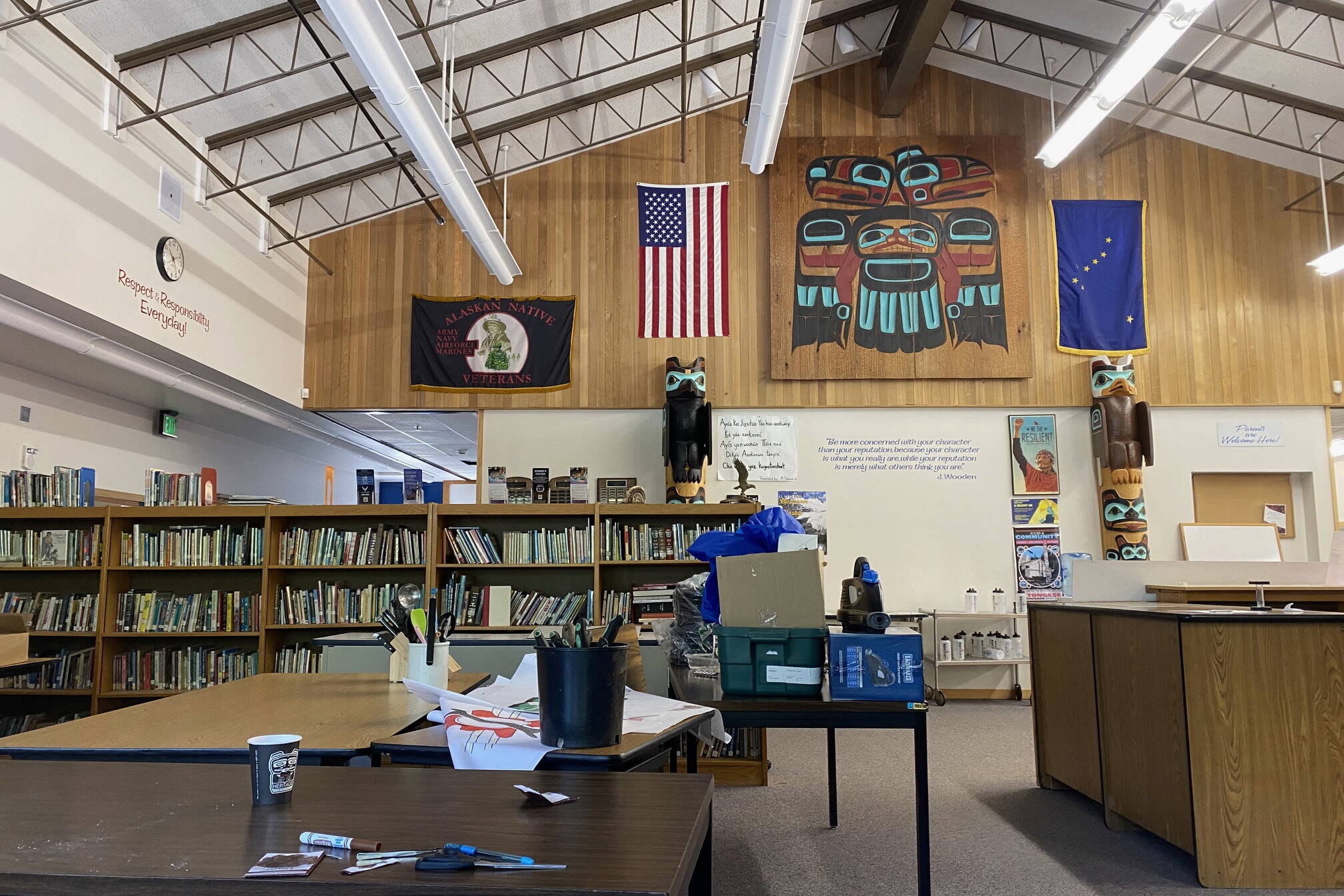A report detailing the framework for tribally run public schools will be sent to the legislators and the governor’s office. The intent is that it could become a bill that would create the first tribal compact public schools in the state.
The Department of Education and Early Development developed the framework for tribally operated public schools after the Legislature approved a bill in 2022 directing it to do so.
Joel Isaak led the project as director of tribal affairs for the state’s education department; he is now the agency’s deputy commissioner. He will continue to lead the effort.
“Part of the excitement of this work is it’s about transforming a system. It’s a creative process, it’s additive. And there’s space for everybody in it,” he said. “Tribes, school districts, parents of students who are Alaskan Native and American Indian, parents of students who aren’t are interested in this work and excited to see how it can really come to fruition.”
Isaak said part of the significance of the effort is how tribally run public schools could be a turnaround from the state’s boarding-school-era history.
“This is part of a connection to needing to transform some of the historical effects into something that brings tribes back into having a role in education that has been missing for the last almost 150 years,” he said.
The report is the product of five years of work and 10 months of intensive negotiations, Isaak said. The state board approved the framework unanimously on Wednesday.
The plan requires $1.5 million in grant funding to get the first tribally operated state schools up and running. The Legislature would need to appropriate this money. Districts would have three years to spend it; any unspent funds would be returned to the state. Participating districts would also receive 45% more in state per-student funding than the standard base student allocation for one year, according to the report.
• Claire Stremple is a reporter based in Juneau who got her start in public radio at KHNS in Haines, and then on the health and environment beat at KTOO in Juneau. This article originally appeared online at alaskabeacon.com. Alaska Beacon, an affiliate of States Newsroom, is an independent, nonpartisan news organization focused on connecting Alaskans to their state government. This article was produced as a project for the USC Annenberg

